XPS Systems
Software
Thin Film Analysis
Adhesion Failure Evaluation
Chemical State Identification
Elemental Profiling
Residue
Energy Sector
Medical Organizations
Educational & Research Institutions
Polymer & Thin Film Industries
Metallurgical Industries
Semiconductors & Microelectronics
Others
North America X-ray Photoelectron Spectroscopy Products by ProductXPS Systems
Software
North America X-ray Photoelectron Spectroscopy Products by ApplicationThin Film Analysis
Adhesion Failure Evaluation
Chemical State Identification
Elemental Profiling
Residue
North America X-ray Photoelectron Spectroscopy Products by End UserEnergy Sector
Medical Organizations
Educational & Research Institutions
Polymer & Thin Film Industries
Metallurgical Industries
Semiconductors & Microelectronics
Others
US X-ray Photoelectron Spectroscopy Products by ProductXPS Systems
Software
US X-ray Photoelectron Spectroscopy Products by ApplicationThin Film Analysis
Adhesion Failure Evaluation
Chemical State Identification
Elemental Profiling
Residue
US X-ray Photoelectron Spectroscopy Products by End UserEnergy Sector
Medical Organizations
Educational & Research Institutions
Polymer & Thin Film Industries
Metallurgical Industries
Semiconductors & Microelectronics
Others
CANADA X-ray Photoelectron Spectroscopy Products by ProductXPS Systems
Software
CANADA X-ray Photoelectron Spectroscopy Products by ApplicationThin Film Analysis
Adhesion Failure Evaluation
Chemical State Identification
Elemental Profiling
Residue
CANADA X-ray Photoelectron Spectroscopy Products by End UserEnergy Sector
Medical Organizations
Educational & Research Institutions
Polymer & Thin Film Industries
Metallurgical Industries
Semiconductors & Microelectronics
Others
Europe X-ray Photoelectron Spectroscopy Products by ProductXPS Systems
Software
Europe X-ray Photoelectron Spectroscopy Products by ApplicationThin Film Analysis
Adhesion Failure Evaluation
Chemical State Identification
Elemental Profiling
Residue
Europe X-ray Photoelectron Spectroscopy Products by End UserEnergy Sector
Medical Organizations
Educational & Research Institutions
Polymer & Thin Film Industries
Metallurgical Industries
Semiconductors & Microelectronics
Others
Germany Outlook (USD Billion, 2018-2032)
Germany X-ray Photoelectron Spectroscopy Products by ProductXPS Systems
Software
Germany X-ray Photoelectron Spectroscopy Products by ApplicationThin Film Analysis
Adhesion Failure Evaluation
Chemical State Identification
Elemental Profiling
Residue
Germany X-ray Photoelectron Spectroscopy Products by End UserEnergy Sector
Medical Organizations
Educational & Research Institutions
Polymer & Thin Film Industries
Metallurgical Industries
Semiconductors & Microelectronics
Others
France X-ray Photoelectron Spectroscopy Products by ProductXPS Systems
Software
France X-ray Photoelectron Spectroscopy Products by ApplicationThin Film Analysis
Adhesion Failure Evaluation
Chemical State Identification
Elemental Profiling
Residue
France X-ray Photoelectron Spectroscopy Products by End UserEnergy Sector
Medical Organizations
Educational & Research Institutions
Polymer & Thin Film Industries
Metallurgical Industries
Semiconductors & Microelectronics
Others
UK X-ray Photoelectron Spectroscopy Products by ProductXPS Systems
Software
UK X-ray Photoelectron Spectroscopy Products by ApplicationThin Film Analysis
Adhesion Failure Evaluation
Chemical State Identification
Elemental Profiling
Residue
UK X-ray Photoelectron Spectroscopy Products by End UserEnergy Sector
Medical Organizations
Educational & Research Institutions
Polymer & Thin Film Industries
Metallurgical Industries
Semiconductors & Microelectronics
Others
ITALY X-ray Photoelectron Spectroscopy Products by ProductXPS Systems
Software
ITALY X-ray Photoelectron Spectroscopy Products by ApplicationThin Film Analysis
Adhesion Failure Evaluation
Chemical State Identification
Elemental Profiling
Residue
ITALY X-ray Photoelectron Spectroscopy Products by End UserEnergy Sector
Medical Organizations
Educational & Research Institutions
Polymer & Thin Film Industries
Metallurgical Industries
Semiconductors & Microelectronics
Others
Spain X-ray Photoelectron Spectroscopy Products by ProductXPS Systems
Software
Spain X-ray Photoelectron Spectroscopy Products by ApplicationThin Film Analysis
Adhesion Failure Evaluation
Chemical State Identification
Elemental Profiling
Residue
Spain X-ray Photoelectron Spectroscopy Products by End UserEnergy Sector
Medical Organizations
Educational & Research Institutions
Polymer & Thin Film Industries
Metallurgical Industries
Semiconductors & Microelectronics
Others
Rest Of Europe X-ray Photoelectron Spectroscopy Products by ProductXPS Systems
Software
REST OF EUROPE X-ray Photoelectron Spectroscopy Products by ApplicationThin Film Analysis
Adhesion Failure Evaluation
Chemical State Identification
Elemental Profiling
Residue
Rest of Europe X-ray Photoelectron Spectroscopy Products by End UserEnergy Sector
Medical Organizations
Educational & Research Institutions
Polymer & Thin Film Industries
Metallurgical Industries
Semiconductors & Microelectronics
Others
Asia-Pacific X-ray Photoelectron Spectroscopy Products by ProductXPS Systems
Software
Asia-Pacific X-ray Photoelectron Spectroscopy Products by ApplicationThin Film Analysis
Adhesion Failure Evaluation
Chemical State Identification
Elemental Profiling
Residue
Asia-Pacific X-ray Photoelectron Spectroscopy Products by End UserEnergy Sector
Medical Organizations
Educational & Research Institutions
Polymer & Thin Film Industries
Metallurgical Industries
Semiconductors & Microelectronics
Others
China X-ray Photoelectron Spectroscopy Products by ProductXPS Systems
Software
China X-ray Photoelectron Spectroscopy Products by ApplicationThin Film Analysis
Adhesion Failure Evaluation
Chemical State Identification
Elemental Profiling
Residue
China X-ray Photoelectron Spectroscopy Products by End UserEnergy Sector
Medical Organizations
Educational & Research Institutions
Polymer & Thin Film Industries
Metallurgical Industries
Semiconductors & Microelectronics
Others
Japan X-ray Photoelectron Spectroscopy Products by ProductXPS Systems
Software
Japan X-ray Photoelectron Spectroscopy Products by ApplicationThin Film Analysis
Adhesion Failure Evaluation
Chemical State Identification
Elemental Profiling
Residue
Japan X-ray Photoelectron Spectroscopy Products by End UserEnergy Sector
Medical Organizations
Educational & Research Institutions
Polymer & Thin Film Industries
Metallurgical Industries
Semiconductors & Microelectronics
Others
India X-ray Photoelectron Spectroscopy Products by ProductXPS Systems
Software
India X-ray Photoelectron Spectroscopy Products by ApplicationThin Film Analysis
Adhesion Failure Evaluation
Chemical State Identification
Elemental Profiling
Residue
India X-ray Photoelectron Spectroscopy Products by End UserEnergy Sector
Medical Organizations
Educational & Research Institutions
Polymer & Thin Film Industries
Metallurgical Industries
Semiconductors & Microelectronics
Others
Australia X-ray Photoelectron Spectroscopy Products by ProductXPS Systems
Software
Australia X-ray Photoelectron Spectroscopy Products by ApplicationThin Film Analysis
Adhesion Failure Evaluation
Chemical State Identification
Elemental Profiling
Residue
Australia X-ray Photoelectron Spectroscopy Products by End UserEnergy Sector
Medical Organizations
Educational & Research Institutions
Polymer & Thin Film Industries
Metallurgical Industries
Semiconductors & Microelectronics
Others
Rest of Asia-Pacific X-ray Photoelectron Spectroscopy Products by ProductXPS Systems
Software
Rest of Asia-Pacific X-ray Photoelectron Spectroscopy Products by ApplicationThin Film Analysis
Adhesion Failure Evaluation
Chemical State Identification
Elemental Profiling
Residue
Rest of Asia-Pacific X-ray Photoelectron Spectroscopy Products by End UserEnergy Sector
Medical Organizations
Educational & Research Institutions
Polymer & Thin Film Industries
Metallurgical Industries
Semiconductors & Microelectronics
Others
Rest of the World X-ray Photoelectron Spectroscopy Products by ProductXPS Systems
Software
Rest of the World X-ray Photoelectron Spectroscopy Products by ApplicationThin Film Analysis
Adhesion Failure Evaluation
Chemical State Identification
Elemental Profiling
Residue
Rest of the world X-ray Photoelectron Spectroscopy Products by End UserEnergy Sector
Medical Organizations
Educational & Research Institutions
Polymer & Thin Film Industries
Metallurgical Industries
Semiconductors & Microelectronics
Others
Middle East X-ray Photoelectron Spectroscopy Products by ProductXPS Systems
Software
Middle East X-ray Photoelectron Spectroscopy Products by ApplicationThin Film Analysis
Adhesion Failure Evaluation
Chemical State Identification
Elemental Profiling
Residue
Middle East X-ray Photoelectron Spectroscopy Products by End UserEnergy Sector
Medical Organizations
Educational & Research Institutions
Polymer & Thin Film Industries
Metallurgical Industries
Semiconductors & Microelectronics
Others
Africa X-ray Photoelectron Spectroscopy Products by ProductXPS Systems
Software
Africa X-ray Photoelectron Spectroscopy Products by ApplicationThin Film Analysis
Adhesion Failure Evaluation
Chemical State Identification
Elemental Profiling
Residue
Africa X-ray Photoelectron Spectroscopy Products by End UserEnergy Sector
Medical Organizations
Educational & Research Institutions
Polymer & Thin Film Industries
Metallurgical Industries
Semiconductors & Microelectronics
Others
Latin America X-ray Photoelectron Spectroscopy Products by ProductXPS Systems
Software
Latin America X-ray Photoelectron Spectroscopy Products by ApplicationThin Film Analysis
Adhesion Failure Evaluation
Chemical State Identification
Elemental Profiling
Residue
Latin America X-ray Photoelectron Spectroscopy Products by End UserEnergy Sector
Medical Organizations
Educational & Research Institutions
Polymer & Thin Film Industries
Metallurgical Industries
Semiconductors & Microelectronics
Others
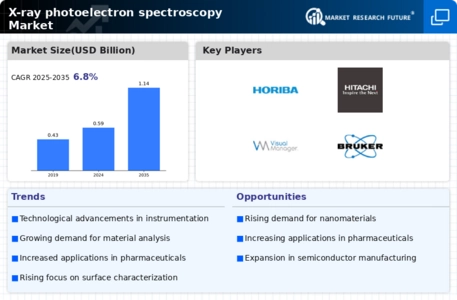
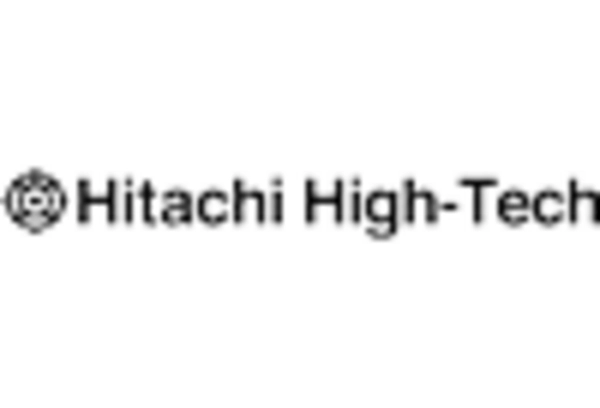
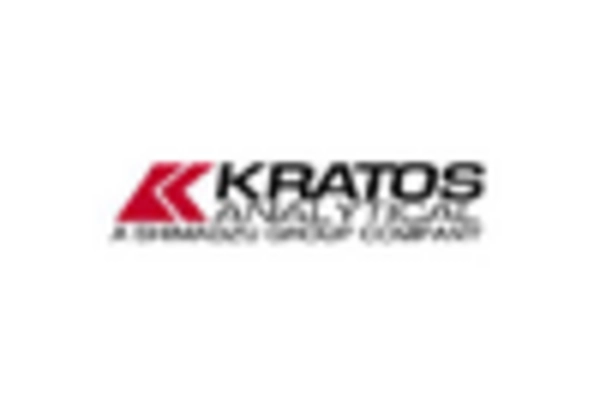
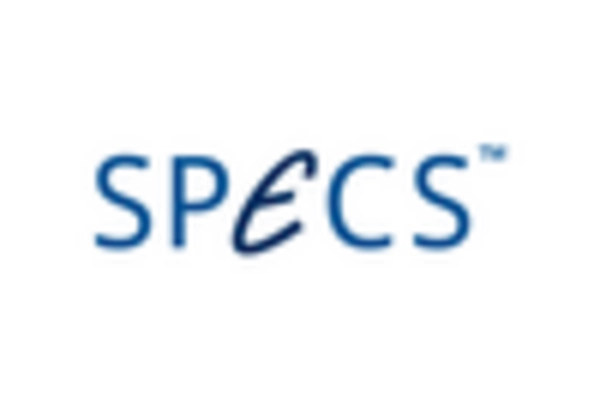
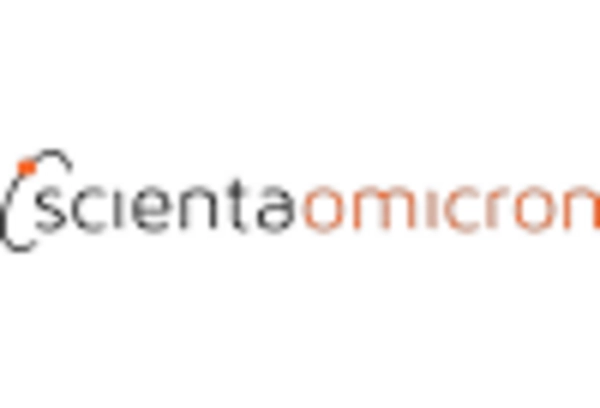

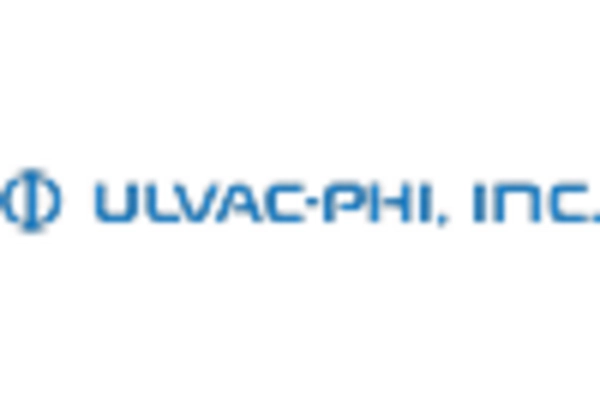









Leave a Comment